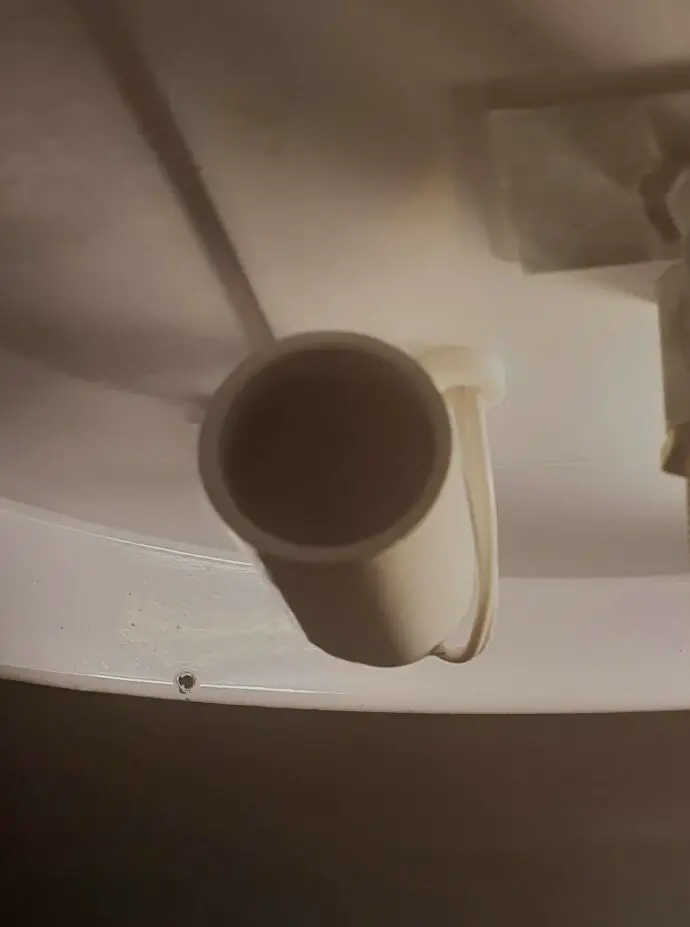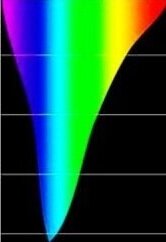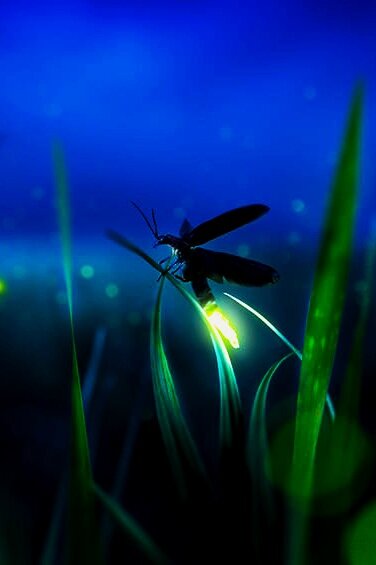How Grow Lights Work
It has been known for quite some time that using electrical lighting can help plants grow. There are in fact recorded cases of helping plants grow using incandescent bulbs dating back to 1861.
In this article, we will go over how exactly grow lights work and what benefits they can provide.

Contents
What Are Grow Lights?
Grow lights are specific bulbs or light fixtures with the intended purpose of helping plants grow. They are often used for plants in areas with little sunlight or where producing results is of importance, for example within food production.
They come in a lot of different shapes and forms as they are quite versatile in how they can be used.
They are commonly used commercially but are also starting to gain a lot of popularity within indoor gardening aswell, meaning that the designs can vary quite a bit.
For most indoor grow lights they are either included in a prebuilt gardening station or simply an external light source that you can place however you seem fit as long as you make sure they provide the plants with light.
How Do Grow Lights Work?
Grow lights work in a very simple way. Their function is to simply supply the vegetation with the light of good quality and quantity. This is to ensure the most optimum growth.
Generally speaking, they do this by replicating the light that the sun gives off. This is because plants are naturally used to growing in the wavelengths of light that the sun provides, which makes it the light we would ideally give to our plants.
How we exactly replicate the sunlight can vary. This depends mostly on what type of bulb we make use of in order to achieve this. This is because most of them have to be altered in a specific way in order to replicate the sun’s light more accurately.
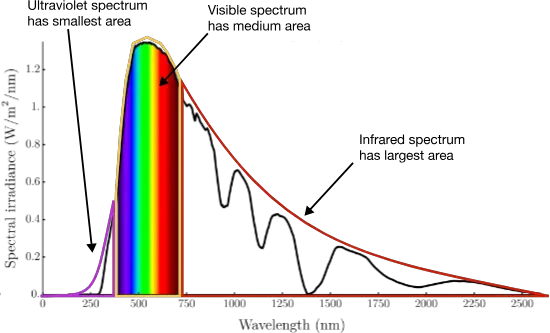
As you can see, sunlight has a rather specific spectral curve. While it produces a large amount of visible light it also produces a fair amount of ultraviolet and a lot of infrared radiation. This is the exact curve we try to replicate when modifying the light sources.
The Most Common Grow Lights
The most common types of light sources used as grow lights are:
HPS (High-Pressure Sodium) Lamp
CFL (Compact Fluorescent Lamp)
LED (Light Emitting Diode)
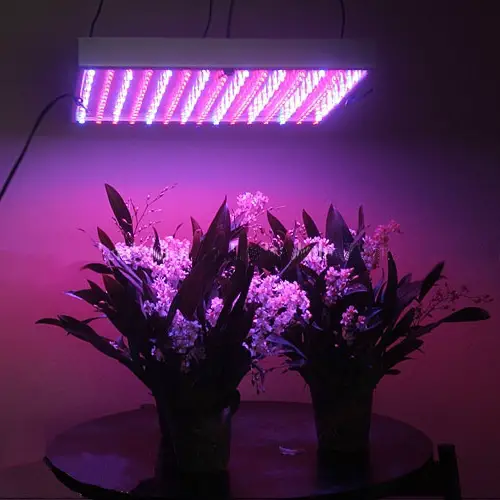
They all have their pros and cons when it comes to their setup and functionality but they all are useful in their own right. One thing we can note though is the fact that the actual quality they all produce is very similar.
This is because they have all been tailored to replicate the beneficial parts of sunlight as closely as possible, meaning that the quality of light they produce is virtually the same.
There are however a few different types of LED grow lights because some of them have spectral curves that are specifically designed to not match the spectral curve of the sun. This is because some plants do better with increased wavelengths of certain colours which these lights have accounted for.
What Benefits Do They Give?
The benefits of using a grow light are many. These benefits can include:
Enhanced colour
Enhanced taste
Enhanced aroma
Increased growth rate
Increased chlorophyll production
These benefits are all derived from different wavelengths of light, meaning that a grow light effect can vary quite a bit depending on the light spectrum it outputs.
For a more detailed explanation of how different colours of light can affect the growth of a plant, you can go here.
Choosing The Best Grow Light
Choosing the best grow light can be quite difficult because there are a lot of factors you should take into consideration.

The first one is simply which type of light you should get, in reference to the bulb’s construction itself. Earlier we spoke about the most common bulb types HPS, CFL and LED. Out of these three LEDs are by far the best option for grow lights.
While being a bit more expensive to purchase than the others, the LED wins in a lot of other important areas. These include the LED’s ability to produce very little heat and its ability to be customized more precisely to your plant’s needs.
How To Use Grow Lights
Using a grow light might seem rather easy and in most scenarios it is, there are however a few factors you should take into consideration to make sure you are making the absolute most out of them. The more important factors mostly revolve around:
Positioning of grow light
Light intensity
Length of exposure
Positioning of grow light
Knowing where to position the grow light in relation to the plant might not seem overly important but there are a few things you should think about in order for the plants to have the best possible experience with them.
Generally speaking, you want to position your grow lights above the plant at least 30cm (12”) away from it. This number is however a minimum and could be a lot more depending on how much heat your grow light emits.
For a more detailed explanation of how far away to place the grow light depending on what type you have and how many watts it is we recommend that you go here.
If you have a grow light in the form of a bulb though we would recommend that you place it in a gooseneck fixture, for example, a reading light.

We recommend this because it makes it extremely easy to adjust the height of the light. Not only does it allow you to more easily experiment with what distance works best for you but it also allows you to easily account for adjustments as the plants grow.
Light intensity
The intensity of your grow light can matter quite a bit since different plants can require a different amount of light. Some plants do better with a high intensity of light very often whereas other plants prefer a smaller portion of indirect light.
In order to find exactly what light intensity your specific plant requires we recommend that you do a bit more external research on your own. Here we will give you some general parameters you can look out for when experimenting with what works for you.
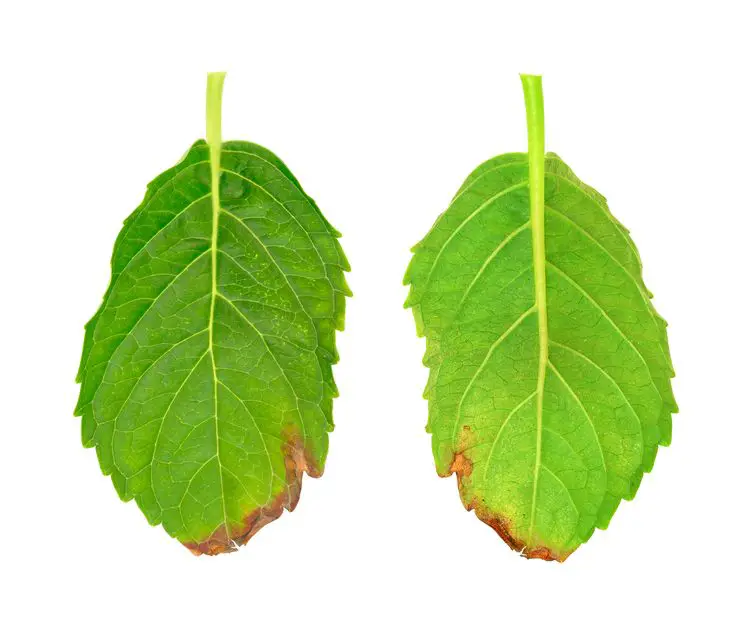
The size of your plant’s leaves. If they are noticeably smaller than you would expect them to be they are most likely not receiving enough light.
The tips of the leaves. If your plant has too high an intensity of light directed towards it chances are that it can be slightly burnt on the edges of the leaves.
The plant’s direction. If your plant doesn’t get enough light it will start to stretch itself towards the closest light source.
The general growth of your plant. If the plant has survived but hasn’t grown anything new in a while it is possible that it is due to it not having enough light.
If your plant is receiving too much light we would recommend that you change the intensity into something less intense. If this isn’t a option you can try to move the light further away.
If it is recieving too little light we would recommend increasing the amount of light it gets by either moving the light closer or applying more light to it. This can either be done by moving the plant closer to a window or using an even stronger grow light.
Length of exposure
How long to expose your plant to light can vary from plant to plant, but a general rule of thumb is to always expose them to light. This is because there is no way for a plant to “overdose“ on light.
While plants do have a period of darkness in their natural growth process when the sun goes down it is not at all required for their growth. In fact, most plants even manage to grow even more because of this period of darkness never taking place artificially.
This does, however, vary from plant to plant but as a general rule of thumb, most plants can handle light exposure 24/7 if all other factors make the plant suitable for growth. If you are unsure I would recommend doing some research on whether or not your particular plant can handle being “overlit”.
This can of course be experimented with though if you don’t feel like your plant should be subject to light for those periods of time.

